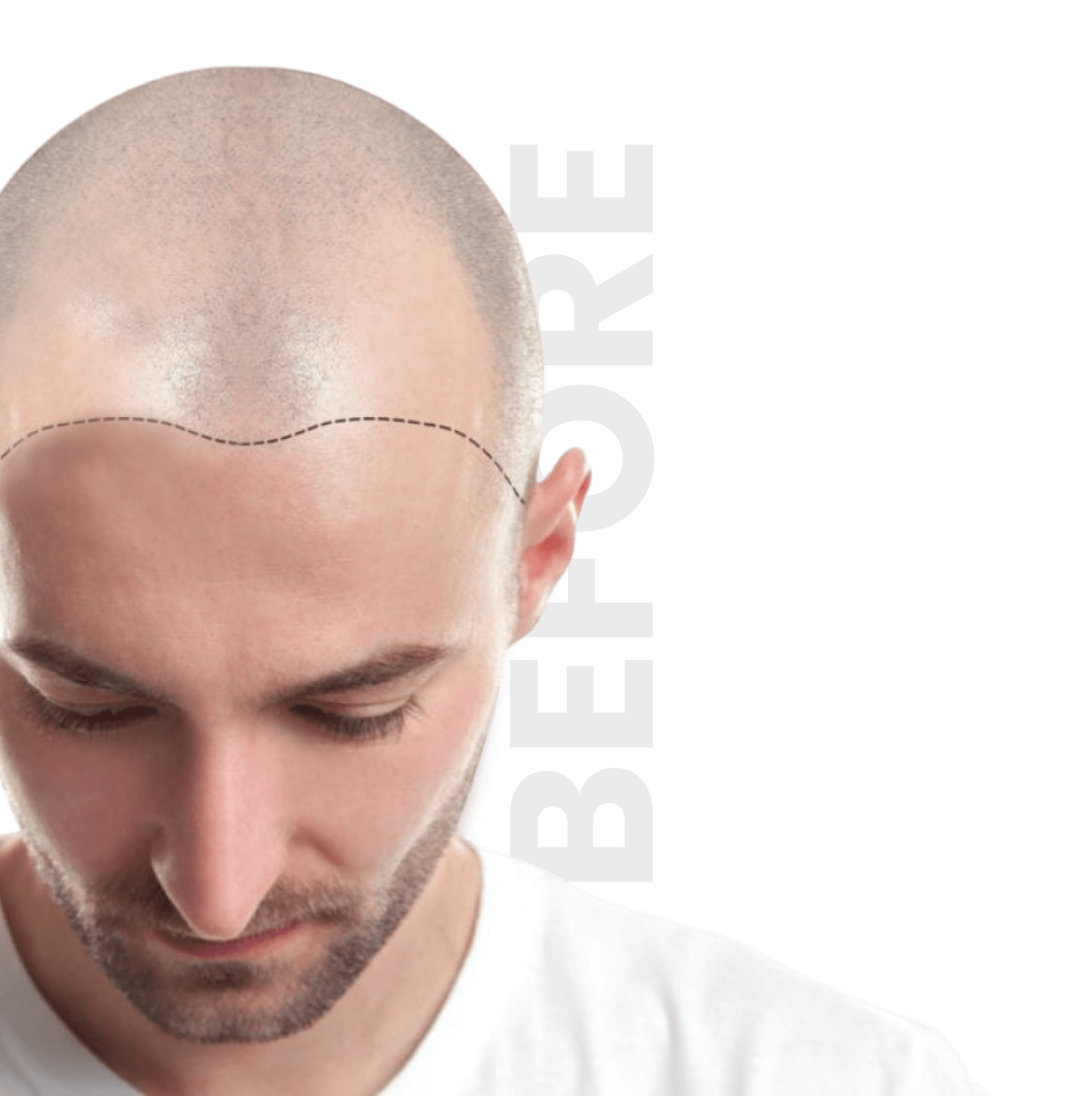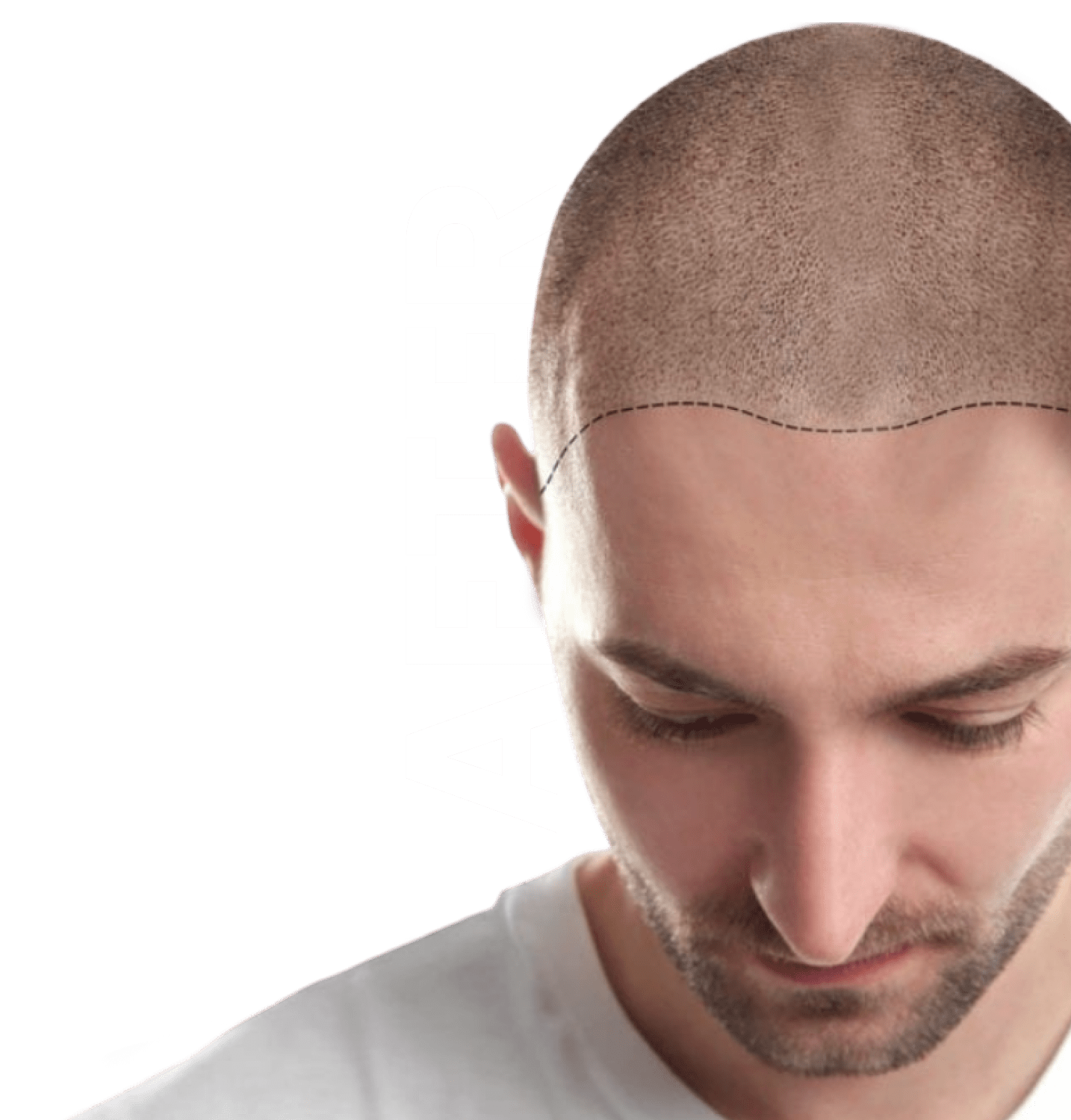The Hair Transplant Center of Choice for Men and Women Seeking Quality Hair Restoration on Long Island



The Hair Transplant Center of Choice for Men and Women Seeking Quality Hair Restoration on Long Island







Experienced facial, oculoplastic, cosmetic, and hair transplant surgeon.
Conveniently located to serve the areas of Nassau and Suffolk County, Long Island; New York City; Brooklyn; Queens and the Hamptons, New York; Connecticut
Our hair restoration services include FUE (follicular unit extraction) Follicular Unit Transplants (FUT), as well as scalp micro pigmentation (SMP) and hair loss treatments such as PRP (platelet-rich plasma) therapy, PDO Threads for hair loss, topical compounds, laser hair therapy (Laser Cap), vitamins, supplements, shampoos and conditioners.
FUE Hair Transplant: FUE is a minimally invasive hair restoration procedure that involves the extraction of individual hair follicles from the donor area (usually the back of the head) and transplanting them to the recipient area. Long Island Hair Transplant uses the latest techniques and technologies to ensure a natural-looking result.
Follicular Unit Transplant (FUT): FUT is another hair restoration technique that involves removing a strip of tissue containing hair follicles from the donor area and transplanting them to the recipient area. Long Island Hair Transplant offers both FUE and FUT techniques to provide the best hair restoration solution for each patient.
Scalp Micro Pigmentation (SMP): SMP is a non-surgical hair restoration solution that involves tattooing the scalp to simulate the appearance of hair follicles. Long Island Hair Transplant offers SMP as a complementary treatment to hair transplantation or as a standalone treatment for patients who prefer a non-surgical solution.
PRP Therapy: PRP therapy involves using the patient’s own blood plasma to stimulate hair growth. Long Island Hair Transplant offers PRP therapy as a hair loss treatment to promote hair growth and improve the quality of existing hair.
PDO Threads for Hair Loss: PDO (Polydioxanone) threads are a minimally invasive treatment option that involves inserting fine threads under the scalp to stimulate collagen production and promote hair growth. Long Island Hair Transplant offers PDO threads as an alternative treatment for patients who may not be suitable for hair transplantation.
At Long Island Hair Transplant, the FUE (Follicular Unit Extraction) technique is the primary choice for hair transplantation. Here is a general overview of how the procedure works:
Consultation: The first step is to schedule a consultation with a hair transplant doctor or clinician at Long Island Hair Transplant. During the consultation, the specialist will examine your scalp, discuss your medical history, and evaluate your hair loss pattern to determine if you are a suitable candidate for hair transplantation.
Designing the Hairline: After determining your candidacy, the hair transplant specialist will work with you to design a hairline that suits your facial structure, age, and overall appearance.
Donor Area Preparation: On the day of the procedure, the donor area (usually the back or sides of the head) will be trimmed, and the scalp will be cleaned and sterilized.
Extraction of Hair Follicles: The FUE technique involves extracting individual hair follicles from the donor area using a small, sharp instrument called a micro-punch. The hair transplant specialist will carefully remove the follicles, one by one, ensuring that the surrounding tissue is not damaged.
Recipient Area Preparation: Once the required number of follicles has been extracted, the recipient area will be prepared for the transplantation process. Tiny incisions will be made in the recipient area, following the pre-designed hairline, using a fine needle or blade.
Implantation of Hair Follicles: The extracted hair follicles will then be implanted into the recipient area using specialized instruments. The hair transplant specialist will place the follicles at the correct angle and depth to achieve a natural-looking result.
Post-Operative Care: After the procedure is complete, you will be given instructions on how to care for your scalp and hair. You will be advised to avoid strenuous activities for several days and to protect your scalp from direct sunlight.
It is important to note that the procedure at Long Island Hair Transplant is tailored to each individual’s needs, and the specifics of the procedure may vary depending on the patient’s hair loss pattern and the number of grafts required for transplantation.
Recovery time varies and depends on the individual and the type of hair transplant procedure performed. However, most patients can expect to return to work within a week and can resume normal activities within a few days.
Yes, hair transplants are permanent. The transplanted hair will grow for a lifetime, just like your natural hair because it is resistant to DHT, the hormone that produces testosterone.
It’s important to note that the success of a hair transplant procedure depends on various factors, including the skill of the surgeon, the quality of the donor hair, and the patient’s overall health and lifestyle. Additionally, while hair transplants are considered a permanent solution, it’s possible for some patients to experience further hair loss in areas of the scalp that were not treated with a transplant.
At Long Island Hair Transplant, our team of experienced surgeons uses the latest techniques and technology to provide our patients with high-quality hair transplant procedures that are designed to be permanent and provide natural-looking results. We also provide comprehensive consultations to help our patients understand the procedure and what to expect from the recovery process.
Hair loss can be caused by a variety of factors, including genetics, hormonal changes, medical conditions, and certain medications. At Long Island Hair Transplant, we understand the struggles of hair loss and have the solutions to help you regain your confidence. Whether you’re experiencing hair loss due to male or female pattern baldness, genetics, hormonal changes, or medical conditions, we have a range of treatment options that can help you achieve your desired look. With state-of-the-art facilities and skilled surgeons, we’re dedicated to helping you achieve a natural-looking, fuller head of hair.
The cost of a hair transplant at Long Island Hair Transplant varies depending on the number of grafts needed and the type of procedures performed. During your consultation, we will provide you with a personalized quote based on your needs and desired outcome. Generally speaking, hair transplant costs start at $6,000.
During your consultation, one of our hair restoration specialists will evaluate your hair loss and determine if you are a good candidate for a hair transplant. Factors such as the extent of hair loss, overall health, and goals for the procedure will be taken into consideration.
The length of the hair transplant procedure depends on the number of grafts needed and the type of procedure performed. On average, an FUE hair transplant takes around 6 to 8 hours.
You can schedule a consultation with Long Island Hair Transplant by calling our office or by completing the contact form on our website. During the consultation, one of our hair restoration specialists will discuss your hair loss concerns and determine the best type of treatment for you.
Aftercare is an important part of the hair transplant process. Our team will provide you with detailed instructions on how to care for your transplanted hair, including how to properly wash and style your hair, and how to avoid any complications. Your results will partially be determined by how well you care for your hair following the transplant.